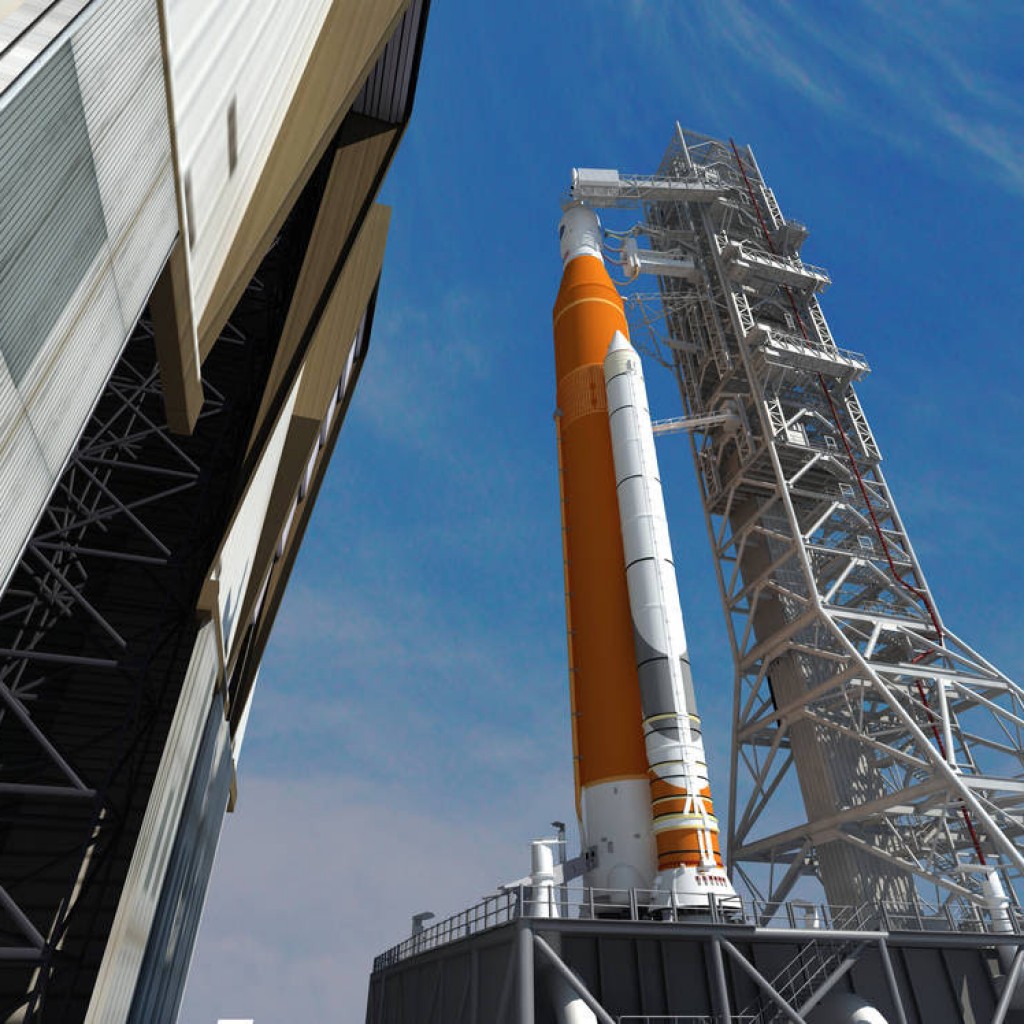
NASA will be required to commit to putting people on Mars in the latest U.S. Senate NASA reauthorization bill, U.S. Sen. Bill Nelson said Wednesday.
The Bill, S. 3346, was unanimously approved by the Senate Commerce Committee Wednesday authorizing NASA to spend $19.6 billion budgeted for the agency and setting a few new requirements, including that NASA commit to a human settlement on Mars.
That’s NASA’s plan already, though it’ll take 20 years.
Nelson, the Orlando Democrat who sponsored the bill, declared Wednesday that provision and others aim to set consistent policy at the agency through future presidential administrations.
“Fifty-five years after President Kennedy challenged the nation to put a man on the moon, the Senate is challenging NASA to put humans on Mars,” Nelson stated in a news release issued by his office. “The priorities that we’ve laid out for NASA in this bill marks the beginning of a new era of American spaceflight.”
Not mentioned in the bill nor Nelson’s comments is neither Democratic nominee Hillary Clinton nor Republican candidate Donald Trump has said much about space policy, nor made any definite commitments for the agency’s “Journey To Mars” program, which now is driving much of NASA’s agenda.
The bill requires NASA to develop and submit a plan to Congress on a strategic framework and critical decision plan, based on current technologies, to achieve the exploration goals and objectives of a human mission to Mars.
The committee’s passage of the bill Wednesday may be significant but getting the bill into law remains a challenge. No NASA authorization bill has passed both chambers and gotten signed into law since 2010.
That earlier bill, written by Nelson and Texas Republican U.S. Sen. Kay Bailey Hutchison, remains the agency’s blueprint for operations and planning, including authorization to build America’s biggest, most powerful rocket ever, the Space Launch System, and a space capsule called Orion, which would be used to take astronauts to Mars.
S. 3346 also requires continuation of the SLS and Orion programs, as well as the agency’s commitments to encourage the development of private space companies and programs, and to turn over much of the lower-Earth orbit business to them. That includes ferrying astronauts to the International Space Station, starting as early as next year.



